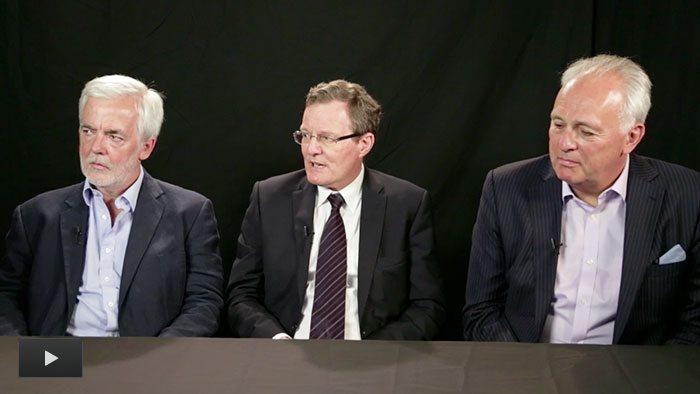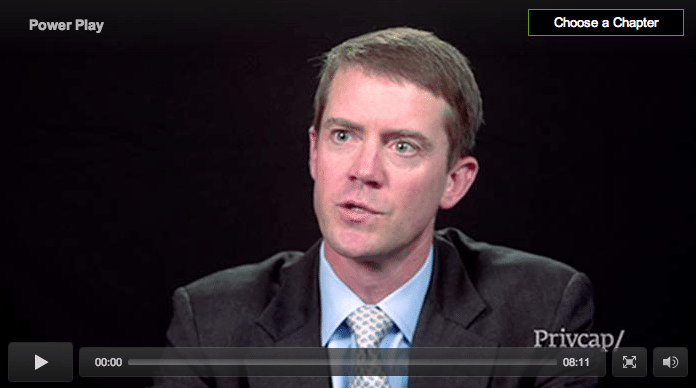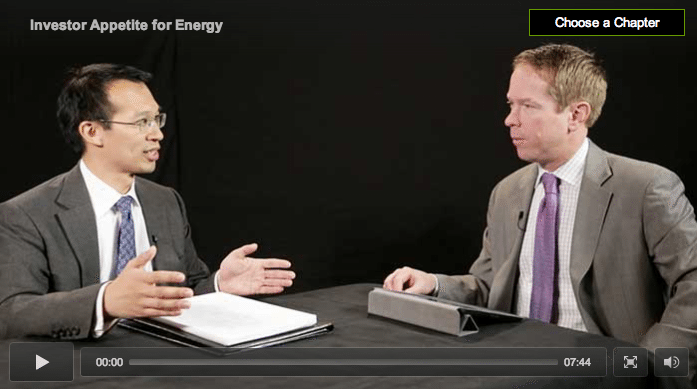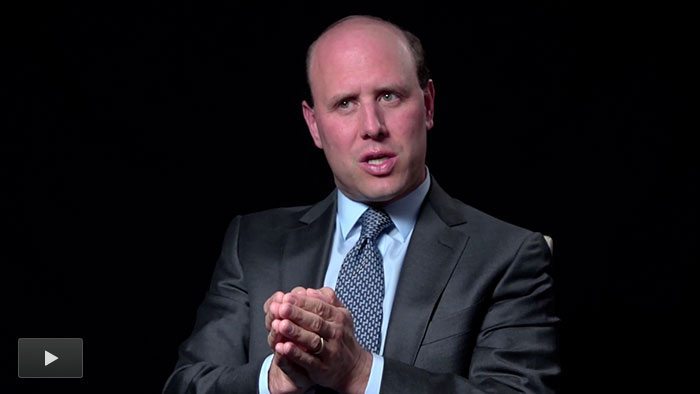KKR: The Energy Revolution
Domestic energy production is booming, with natural gas discoveries driving a rush of capital to build out the industry extraction and distribution capabilities. Among the savviest and most sophisticated energy investors is Marc Lipschultz, head of the energy investing group at KKR. In this interview, Lipschultz surveys the domestic energy market and describes why it qualifies as a bona fide “revolution.”
Privcap: What is KKR’s view on natural gas as an investment?
 Marc Lipschultz, KKR: We’re highly interested in natural gas. The revolution has been spurred by the advent of shale resources, which really can’t be understated. It is completely transforming that nature of the energy industry, certainly in North America, but really globally.
Marc Lipschultz, KKR: We’re highly interested in natural gas. The revolution has been spurred by the advent of shale resources, which really can’t be understated. It is completely transforming that nature of the energy industry, certainly in North America, but really globally.
We’re going from a world where North America was an importer, to North America being a natural gas exporter and able to redevelop an industrial base on the basis of a newfound level of energy independence. So with all of that change, there is tremendous opportunity. Obviously it takes a lot of capabilities to be able to invest behind that change because there are a lot of unknowns, but it is a nearly unprecedented opportunity.
What opportunities do you find most interesting?
Lipschultz: First off, I would say that investing in a lot of different parts of the energy complex is a wise strategy. Within any given segment there will be interesting places and times to participate, and there will be other times when you’re better off not to be involved, like when a particular subsector gets overheated. We’re trying to find ways to marry our capital, operating capabilities, and technical capabilities with partner companies that have a real opportunity and need someone to help take the opportunity into a new business, and ultimately a profitable investment.
For us there’s no single sector or subsector. With that being said, we do think that within the energy complex, the upstream sector is really interesting, and a lot of capital is required.
From an investing standpoint, where are we in the natural gas “revolution”?
Lipschultz: The word revolution gets used quite a bit, and you could argue that perhaps the term is overused, but I actually don’t think it’s exaggerated. The changes are revolutionary. In terms of where we are, it’s hard to say. We’re not in the earliest innings. The early innings were really the founding and early development of critical fields like the Marcellus Shale and the Eagle Ford Shale and the Bakken. We’re not in the earliest innings, but we’re not midway through the game yet. Now we have to figure out what works well, what are the right operating techniques, what kind of infrastructure do we need to actually get the product out of the fields to the places they’re going to be used? We’ve got to ultimately develop all the downstream capabilities to use this newfound bounty.
When we look out 10 years, the opportunity to continue to be a partner to this sector is crystal clear, but the opportunities will come in different ways and in different places. We’re past some of those really big early discoveries, but now there’s lots left to do as we develop the industry.
Many investors are focused on natural gas, but are there still good opportunities in other parts of the energy world, such as power?
Lipschultz: There are definitely opportunities in other areas. The amount of opportunity available in upstream oil and gas is substantial. With the right capabilities, we think you can create something quite compelling, depending on how you construct your investment and whom you work with, and that doesn’t exclude the opportunity for investment in other parts of the energy value chain. So, for example, there’s a lot to be done in developing the pipelines, transportation, and processing that goes along with all these new upstream developments. Renewable resources remain an area of interest, and obviously that depends more on government policy and power-purchase agreements than it does on things like the trading price of gas. Upstream certainly does present a very large target, and one which we and many others are putting quite a few resources into, but it’s not the only area.
Given the flood of talk concerning energy today, what important points may be getting lost?
Lipschultz: Not all unconventional resources are created equal. Not all have equal access to markets because of the constraints on infrastructure, so what we’re going to see and already are seeing is a much greater dispersion of winners and losers. And we are at a stage where operational excellence is going to count more and picking your asset positions will count more. Diversification will count, too. Energy private equity has gotten a lot more crowded; if something is relatively easy to digest, comes with its own team and a relatively easy-to-understand controlled-development position, there’s an awful lot of buyers for that. That area feels relatively crowded to us, compared to going to the asset level and working really closely with the company to develop a position of mutual interest.
Marc Lipschultz of KKR discusses the U.S. energy opportunity



